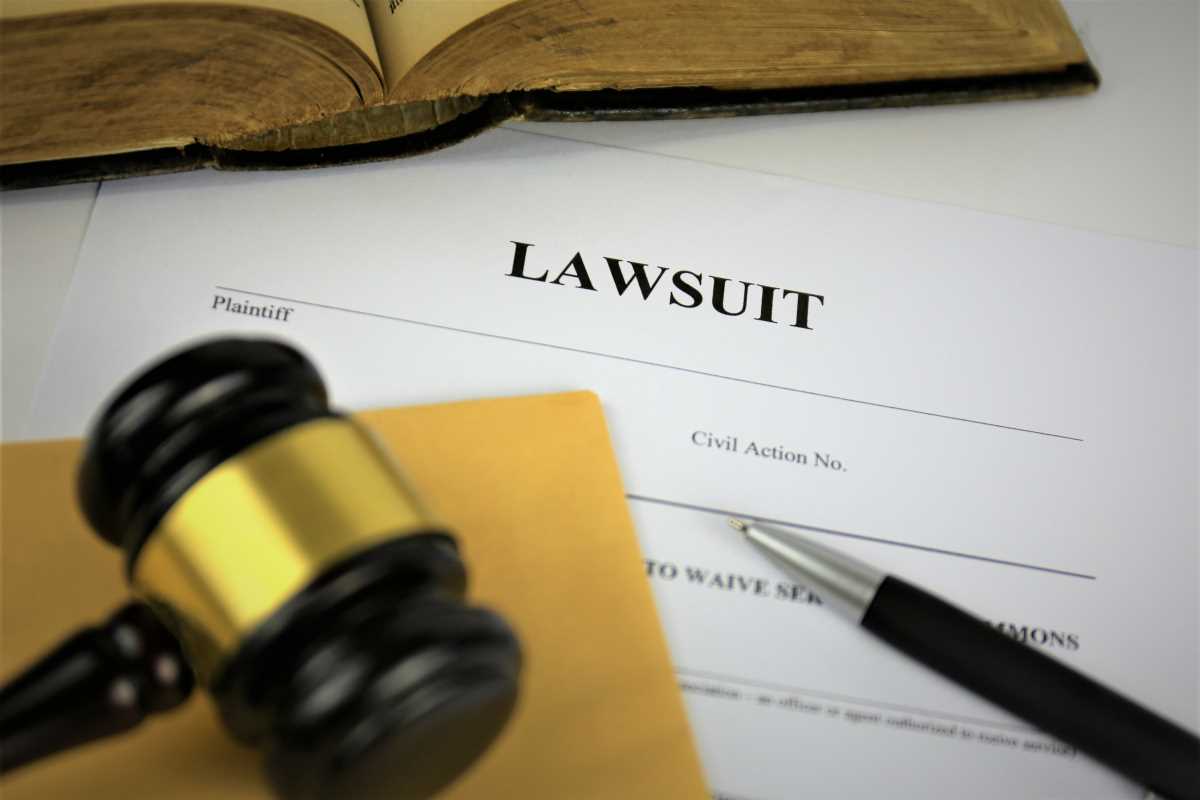When multiple people suffer harm from the same product, drug, or event, they may have the opportunity to file a mass tort case. A mass tort is a legal action that allows multiple claimants who have suffered similar injuries to pursue justice against a single defendant or group of defendants. Unlike a class-action lawsuit, where claimants are treated as one collective entity, a mass tort treats each claimant as an individual with their own unique case.
Mass tort cases often arise in situations involving defective products, dangerous drugs, environmental disasters, or corporate negligence. If you believe you have been harmed in a manner similar to others, you may be eligible to join a mass tort case. However, the process can be complex, and understanding the key aspects of filing a mass tort case is essential for making informed decisions.
This guide provides an overview of mass tort cases, explains how they differ from other types of lawsuits, outlines the steps involved in filing a claim, and highlights important factors to consider before taking legal action.
A mass tort case is a type of legal claim in which multiple plaintiffs file lawsuits against one or more defendants due to injuries or damages caused by the same product, incident, or action. Each plaintiff maintains their own individual case but benefits from shared resources, such as evidence collection and legal expertise.
Common Types of Mass Tort Cases
Mass tort cases typically fall into the following categories:
- Defective Products – These cases involve dangerous or malfunctioning products such as faulty medical devices, harmful consumer goods, or defective automobile parts.
- Pharmaceutical and Medical Device Injuries – Many mass torts arise from prescription drugs or medical implants that cause severe side effects or complications.
- Toxic Exposure – Individuals who have suffered harm due to exposure to hazardous substances, such as asbestos, contaminated water, or pesticides, may qualify for a mass tort case.
- Environmental Disasters – Large-scale events, such as oil spills or industrial accidents, often lead to mass tort claims when multiple people are affected.
- Consumer Fraud and Data Breaches – Cases involving misleading advertising, deceptive business practices, or data security violations can also lead to mass tort litigation.
Mass Tort Case vs. Class-Action Lawsuit
Although mass torts and class-action lawsuits both involve multiple plaintiffs suing a common defendant, they differ in key ways:
- Individual vs. Collective Claims – In a class-action lawsuit, all plaintiffs are treated as a single group, and any awarded compensation is divided among them. In contrast, mass tort claimants maintain separate lawsuits, meaning each person’s damages are assessed individually.
- Varied Compensation Amounts – Since mass tort plaintiffs have unique injuries, their compensation may differ based on the severity of harm and other factors.
- More Individual Control – Mass tort plaintiffs have more control over their legal decisions, including whether to accept settlements or proceed to trial.
Steps
If you believe you have been harmed and may be eligible for a mass tort case, here are the steps to follow:
1. Consult an Attorney
The first and most important step is to speak with an attorney who specializes in mass tort cases. They will review your situation and determine whether your case qualifies. Many mass tort attorneys offer free consultations, making it easier to assess your legal options.
2. Gather Evidence
To strengthen your claim, you will need to provide evidence that demonstrates:
- How you were harmed (e.g., medical records, doctor’s reports)
- The product, drug, or event responsible for your injuries
- Any financial losses (e.g., medical bills, lost wages)
- Testimonies from medical professionals or experts
3. File a Claim
If your attorney determines that you qualify for a mass tort case, they will help you file a legal complaint. This document outlines your injuries, explains how the defendant is responsible, and requests compensation for damages.
4. Participate in Pre-Trial Proceedings
Mass tort cases often go through a pre-trial process, where attorneys for both sides gather evidence, interview witnesses, and present arguments. During this phase, courts may consolidate similar cases to improve efficiency.
5. Settlement Negotiations or Trial
Many mass tort cases result in settlements, where the defendant agrees to pay compensation without going to trial. If a settlement is not reached, the case may proceed to court, where a judge or jury will determine liability and damages.
Key Considerations
Before joining a mass tort case, consider the following factors:
1. The Strength of Your Case
Not every injury qualifies for a mass tort. Your attorney will assess whether your case aligns with existing lawsuits or requires individual legal action.
2. The Time Commitment
Mass tort cases can take months or even years to resolve. Be prepared for a long legal process, especially if the case proceeds to trial.
3. Legal Fees
Many mass tort attorneys work on a contingency fee basis, meaning they only get paid if you receive compensation. However, be sure to understand the percentage they will take from any settlement or award.
4. Potential Compensation
Compensation in mass tort cases varies. Some claimants receive large settlements, while others may get modest payouts. Your attorney can provide insight into possible outcomes based on similar cases.
5. The Defendant’s Financial Stability
If the company responsible for the harm goes bankrupt, compensation may be limited. Researching the defendant’s financial health can help set realistic expectations.







